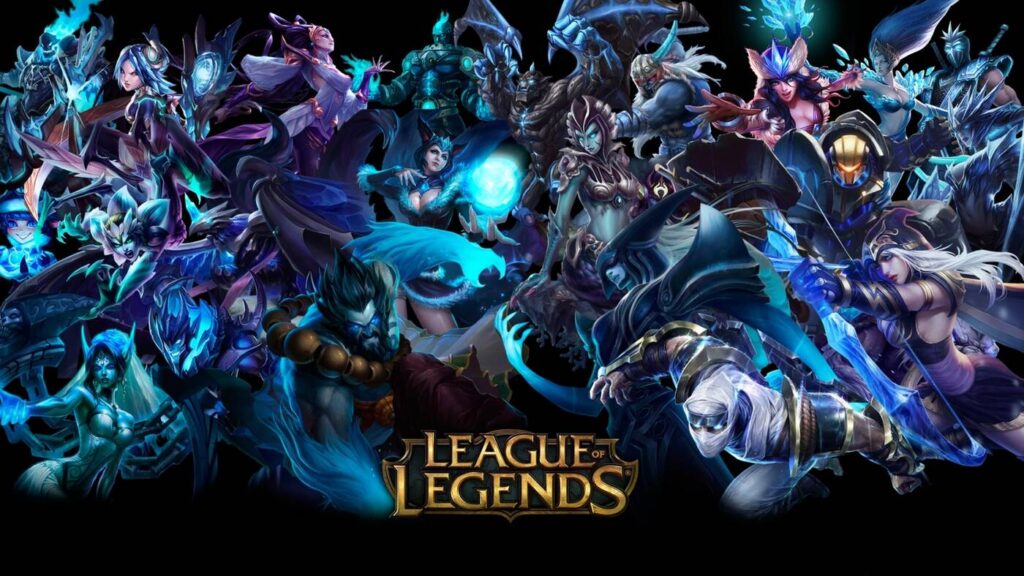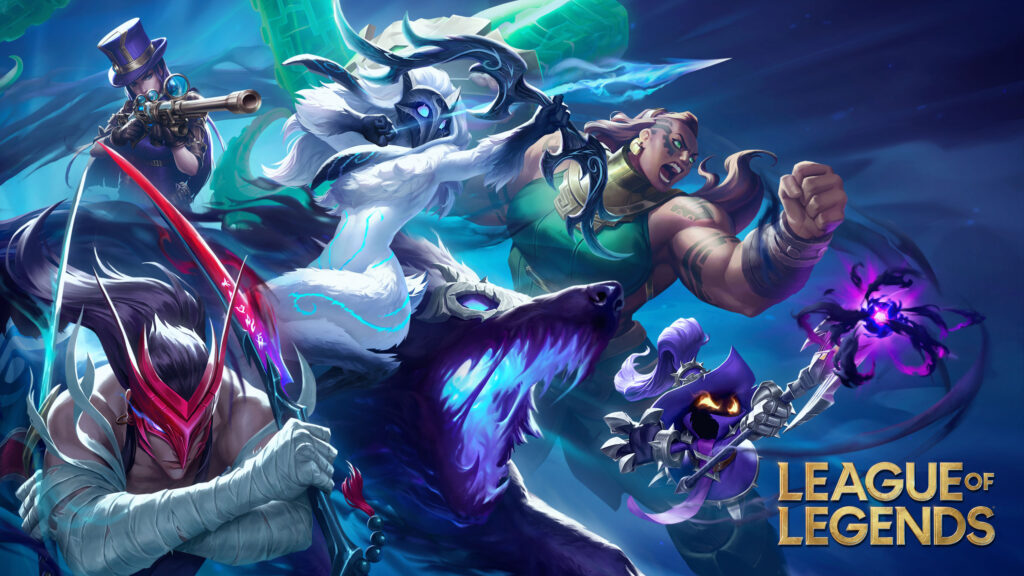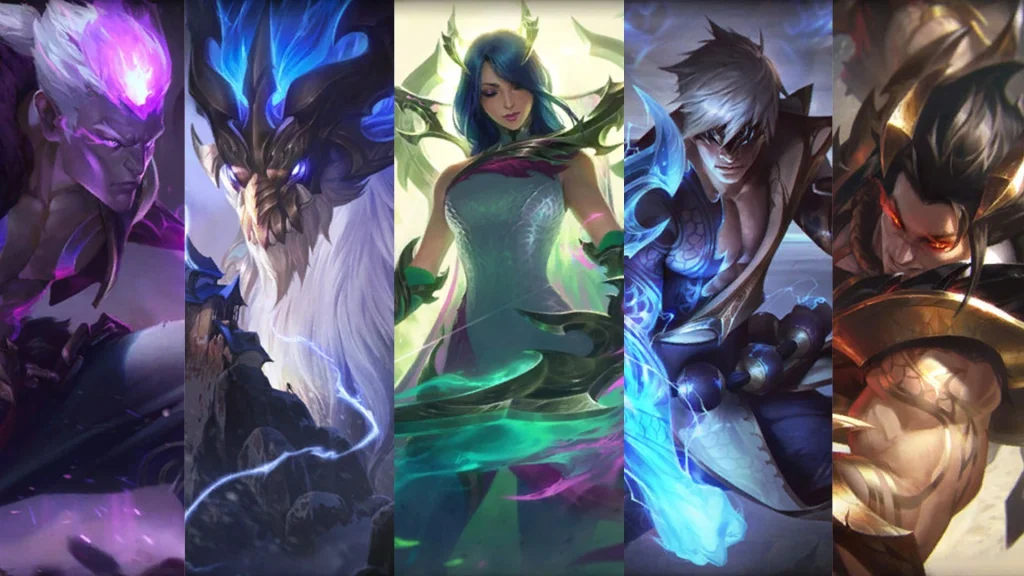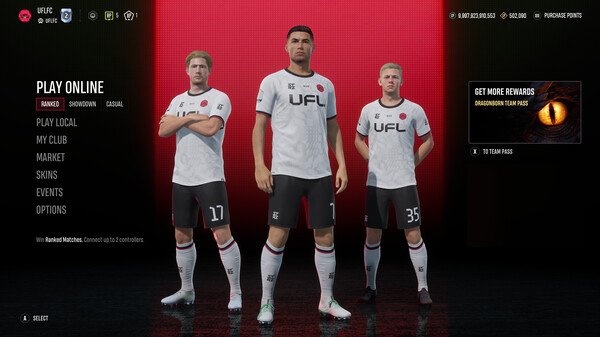Advertisement
Popular Now
League of Legends (LoL) has been a dominant force in the gaming world since its release in 2009. One of the most critical aspects that has shaped its longevity and competitiveness is champion balancing. Balancing champions is a complex issue that directly impacts gameplay experience, competitive integrity, and player satisfaction. This article delves deeply into the intricacies of champion balancing in League of Legends, exploring its history, methodologies, challenges, and the implications of balancing decisions on the game and its community.
The Historical Context of Champion Balancing
From its inception, League of Legends has featured a diverse roster of champions, each with unique abilities and playstyles. However, with each season, the introduction of new champions and changes to existing ones has necessitated ongoing adjustments to maintain balance.
The Champion Balancing Process
Champion balancing is not merely about adjusting numbers; it involves a comprehensive process that includes player feedback, data analysis, and extensive testing. This section explores the methodologies employed by Riot Games in balancing champions.
Case Studies: Notable Balancing Decisions
To illustrate the complexities of champion balancing, we can look at several notable case studies throughout League of Legends history. These examples highlight the intricacies and consequences of balancing decisions.
The Historical Context of Champion Balancing 
From its inception, League of Legends has featured a diverse roster of champions, each with unique abilities and playstyles. However, with each season, the introduction of new champions and changes to existing ones has necessitated ongoing adjustments to maintain balance.
The Early Days: Imbalance and Community Response
In the early days of LoL, champion imbalances were rampant. Some champions, like Ashe and Annie, dominated the meta due to their powerful kits. The community responded vocally, often through forums and social media, pushing for changes. This feedback led Riot Games to realize the importance of community involvement in the balancing process.The Introduction of Patches
As the game evolved, Riot began to implement regular patches aimed at addressing balance issues. These patches not only adjusted champion stats but also included changes to items, runes, and even game mechanics. The introduction of patch notes became a crucial way for players to understand the rationale behind changes.The Champion Balancing Process
Champion balancing is not merely about adjusting numbers; it involves a comprehensive process that includes player feedback, data analysis, and extensive testing. This section explores the methodologies employed by Riot Games in balancing champions.
Data Collection and Analysis
Riot Games relies heavily on data analytics to guide their balancing efforts. They collect vast amounts of data on champion win rates, pick rates, and player performance across different ranks. This data helps identify champions that may be overperforming or underperforming.Metrics Used in Analysis
- Win Rate: The percentage of games a champion wins.
- Pick Rate: How often a champion is selected in matches.
- Ban Rate: The frequency with which a champion is banned in competitive play.
Player Feedback and Community Input
In addition to quantitative data, Riot values qualitative feedback from players. The company frequently engages with the community through forums, social media, and surveys. This feedback provides insights into player sentiment and helps identify champions that may require balancing beyond what data indicates.Importance of Community Engagement
- Direct Feedback: Players can express their concerns about specific champions.
- Meta Insights: Players often share their experiences and strategies, providing insights that data alone may miss.
The Challenges of Balancing Champions
Balancing champions in League of Legends is fraught with challenges. The game’s complexity, combined with the diverse playstyles of its player base, makes it difficult to achieve a perfect balance.The Complexity of Champion Kits
Each champion in LoL has a unique set of abilities that can interact in unpredictable ways. Balancing these interactions is a significant challenge. For example, a champion that is strong in one meta may become weak in another due to changes in items or other champions.Interactions and Synergies
- Ability Interactions: Some champions can exploit certain abilities to create powerful combos.
- Item Synergies: The introduction of new items can enhance or diminish a champion's effectiveness.
The Meta Game
The evolving meta game is another challenge facing champion balancing. The meta refers to the currently accepted strategies and champion selections within the game. As players discover new strategies, certain champions may rise or fall in power, necessitating adjustments from Riot.Shifting Dynamics
- Patch Impact: Changes to one champion can ripple through the entire game, affecting the viability of others.
- Player Adaptation: Players adapt to balance changes, which can lead to a new set of champions becoming dominant.
Case Studies: Notable Balancing Decisions
To illustrate the complexities of champion balancing, we can look at several notable case studies throughout League of Legends history. These examples highlight the intricacies and consequences of balancing decisions.
The Rise and Fall of Yasuo
Yasuo, a champion introduced in 2013, has been a focal point of balancing discussions. Initially, his win rate was low, leading Riot to buff him. However, as players mastered him, his win rate skyrocketed, prompting subsequent nerfs.Impact on the Game
- High Skill Ceiling: Yasuo's skill expression made him popular among high-ranked players.
- Community Backlash: Frequent changes led to community frustration, as players felt he was either too strong or too weak.
The Rework of Akali
Akali underwent a significant rework in 2018, aiming to revitalize her playstyle and balance her power in the game. The rework introduced new mechanics and altered her gameplay considerably.Balancing Outcomes
- Player Reception: While some players appreciated the changes, others felt she was over-tuned.
- Continued Adjustments: Following the rework, Riot had to make several adjustments to find a balance that satisfied the community.
The Role of Competitive Play in Balancing
Competitive play in League of Legends has a profound impact on champion balancing. Professional players often highlight champion strengths and weaknesses, influencing patch decisions.The Influence of Pro Play
Champions that dominate the competitive scene can skew perceptions of balance. Riot closely monitors professional matches to understand which champions are favored and why.Examples of Competitive Dominance
- Zed: Known for his burst damage, Zed's popularity in the professional scene led to multiple nerfs.
- Thresh: A staple support champion, Thresh's utility and playmaking ability keep him in the spotlight.
Balancing for Different Environments
Riot must balance champions for both casual and competitive play. A champion that is fun and engaging in normal games may be too dominant in ranked or professional settings.The Future of Champion Balancing
As League of Legends continues to evolve, so too will its champion balancing strategies. Riot is continuously exploring new methodologies to enhance the balancing process.Innovations in Data Analysis
Riot is investing in advanced data analytics to better understand player behavior and champion performance. Machine learning and AI may play a role in future balancing efforts, allowing for more dynamic adjustments.Potential Developments
- Predictive Analytics: Using data to forecast which champions may become problematic before they do.
- Real-time Adjustments: Implementing changes based on live data during seasons.
Community-Driven Balancing
Riot has recognized the importance of community feedback in champion balancing. Future efforts may focus on integrating player input more effectively into their decision-making processes.Methods of Engagement
- Surveys and Polls: Regularly gathering player opinions on champion performance.
- Public Test Realms: Allowing players to test changes before they go live.
















